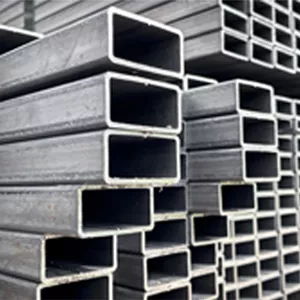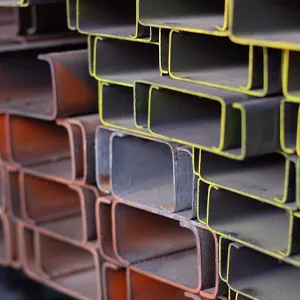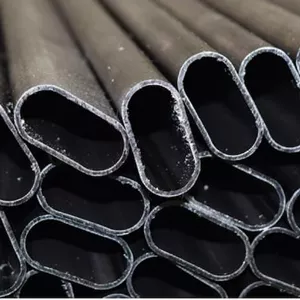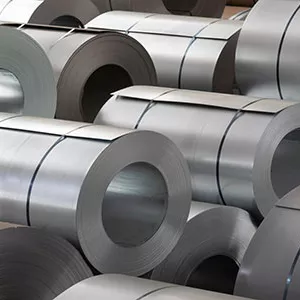
Transmission shaft plays a vital role in the movement transmission of vehicles. Therefore, transmission shaft prices are a topic of interest for many users. Vehicle owners and service providers frequently research to learn the cost of this important part they need. Transmission shaft prices can vary depending on several factors.
Current Transmission Shaft Prices
As of 2025, transmission shaft prices vary according to different vehicle models and needs. There are price differences between domestic and imported brands, and the quality of the product, production material, and manufacturer also directly affect the price. Especially for heavy vehicles, light commercial vehicles, and passenger cars, the prices of transmission shafts differ from each other.
Average price ranges are as follows:
- Transmission shaft prices for passenger vehicles: Can range from 2,000 TL to 5,000 TL.
- Transmission shaft prices for light commercial vehicles: May range from 5,000 TL to 10,000 TL.
- Transmission shaft prices for heavy vehicles: Start from 10,000 TL and can reach 20,000 TL and above.
To learn current price information, service providers, spare parts sellers, and online sales platforms are frequently preferred. However, while evaluating prices, it is important not only to focus on the cost but also consider the quality and durability of the product.
How Are Transmission Shaft Prices Calculated?
Transmission shaft prices are calculated by considering several basic criteria. These criteria relate to the features of the part and the performance it offers for the vehicle. The following factors are considered when making calculations:
- Production Material
Transmission shafts are generally made from steel, alloy, or other durable materials. The higher the quality and durability of the material used, the higher the prices may be. - Vehicle Type and Model
Different sizes and power transmission shafts are produced for passenger vehicles, commercial vehicles, and heavy vehicles. Since the shafts used in heavy vehicles are larger and more complex, prices are generally higher. - Brand and Production Location
Transmission shaft prices from well-known brands are generally higher. This is because these brands offer more durable and long-lasting products. Additionally, domestically produced products are often more affordable compared to imported ones. - Second-Hand and Reconditioning Status
Second-hand transmission shafts or refurbished parts are more cost-effective compared to brand new products. However, it should be noted that these products may not have a warranty, and their lifespan may be shorter. - Supplier and Distribution Channels
Transmission shaft prices can also change depending on whether the product is obtained directly from the manufacturer or through an intermediary supplier. Intermediary suppliers may add a commission to the prices.
What Causes Transmission Shaft Prices to Vary?
The factors influencing the variability in transmission shaft prices are quite diverse. Below is a detailed list of these factors:
- Vehicle Usage Area
Transmission shaft prices vary depending on the vehicle's usage area. For example, transmission shafts used in off-road vehicles may be more expensive than standard vehicle shafts since they need to withstand tougher conditions. - Part Originality
Original transmission shafts are more expensive compared to aftermarket products. However, original products have better longevity and performance. While aftermarket products are more economical, the quality difference should be considered. - Warranty Period
Transmission shafts with a long warranty are more expensive than those with a short or no warranty. The warranty provides insight into the product's reliability and durability. - Technological Features
Transmission shafts used in new generation vehicles may have technological features. For example, lightweight or energy-saving shafts are more expensive compared to standard shafts. - Demand and Supply Status
At certain times, transmission shaft prices can vary due to the demand and supply balance in the market. For instance, if the production of transmission shafts for a certain vehicle model decreases, prices may increase.

 TR
TR












